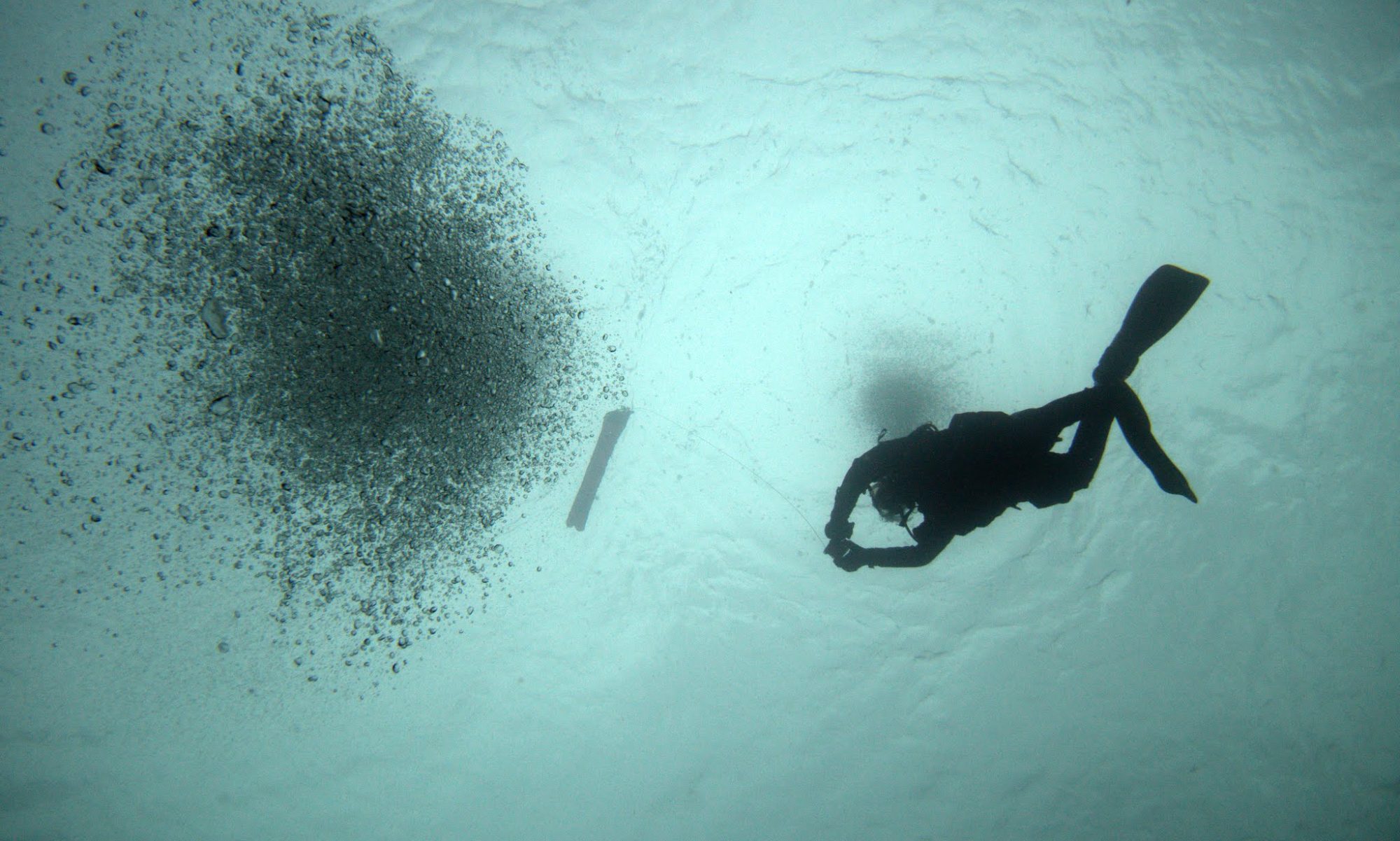For those of us UK divers who are fortunate enough to live within reasonable travelling distance, the sea lochs of Scotland’s west coast are a great source of year-round diving in pretty much any weather. The exposed North and East coasts can be completely inaccessible due to stormy weather and regardless of the wind direction there will be conditions suitable for diving in one of the sea lochs of the west coast.
Donning scuba gear and wandering in off the shore gives you access to some unique habitats with a fascinating variety of marine life. As an added bonus you begin and end your dives surrounded by some of the most stunning scenery in the UK and quite probably the world. Not bad for the price of an air fill!
The sea lochs are also where I encounter some of my favourite marine life including the Thornback Ray (Raja clavata). Although these diamond shaped rays are relatively common in the UK, until recently I had not encountered one in a number of years. For whatever reason that has all changed and in the past six months I have seen, photographed and filmed large adults, juveniles and even their egg cases.
The Shark Trust has an excellent fact sheet with lots of information about Thornback Rays. It is available to download/view using this link.
One interesting aspect of these animals I noticed in my videos, (and subsequently did a bit of Googling to try and find out more) is the way they propel themselves along the bottom. On their underside and towards the rear of their body they have a pair of pelvic fins. They use these to push themselves along the bottom in a series of little frogkicks. Scientists who have studied this motion refer to it as pelvic fin benthic locomotion. They also refer to it slightly less grandly as ‘punting’. You can see it most clearly in the second of the three videos included in the gallery below.
This is a classic example of one of those things you never notice at the time, but spot when looking back over photographs or videos. I will certainly be keeping an eye out for ‘punting’ the next time I come across a Thornback Ray. Hopefully that won’t be too long. 🙂











